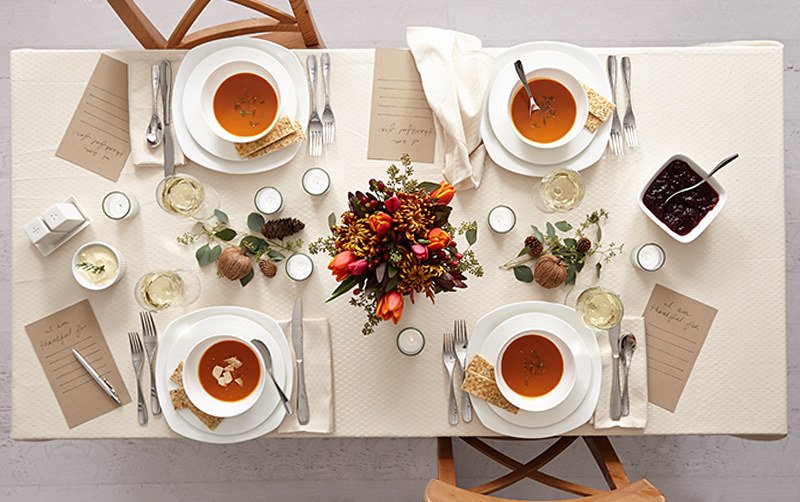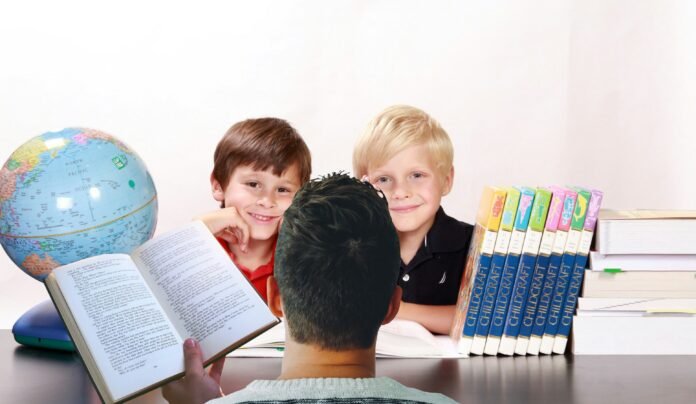In the intriguing world of parenting, where cherubic smiles and mischievous giggles prevail, there exists a perpetual dance between guiding and nurturing our tiny humans. Yes, we are talking about the evergreen challenge of disciplining our enchanting toddlers and preschoolers. But here’s the twist – imagine a universe where discipline flourishes under the enchantment of positivity. A realm where firm rules coexist with gentle guidance, cultivating tender souls brimming with confidence, empathy, and self-control. Welcome to the realm of positive discipline techniques for toddlers and preschoolers, where we embark on a wondrous journey to unlock the secrets of raising resilient and well-behaved children. Join us as we delve into the realms of creative discipline strategies, where the melody of encouragement dances hand in hand with the rhythm of boundaries, all while embracing the cheerful innocence of childhood.
Effective Strategies for Positive Discipline Techniques
In order to foster a harmonious environment at home or in the classroom, it is essential to employ when dealing with toddlers and preschoolers. The key is to establish clear boundaries and expectations while emphasizing positive reinforcement. Here are some creative techniques that can prove highly beneficial:
- Redirect their focus: Instead of simply saying “no” to undesired behavior, redirect your little ones’ attention to something more appropriate and engaging. Encourage them to explore alternative activities or redirect their attention to a specific toy or game that encourages positive behavior.
- Use descriptive praise: When your child behaves well or follows instructions, provide specific and descriptive praise. Instead of simply saying “good job,” highlight the specific behavior or action that deserves recognition. For example, saying “You did an amazing job sharing your toys with your friend” will reinforce positive behavior and boost their self-esteem.
- Offer choices: Toddlers and preschoolers love to feel independent and in control. Instead of imposing your decisions on them, give them controlled choices. For instance, present them with options such as “Do you want to wear the red or the blue shirt?” This tactic empowers them to make decisions within a framework you have set, fostering a sense of autonomy while minimizing power struggles.
By implementing these , parents and educators can build a nurturing environment that encourages the development of essential social and emotional skills in toddlers and preschoolers. Remember, discipline doesn’t always have to be associated with punishment. It can be a powerful tool to guide and shape young minds, fostering their growth and overall happiness.

Building Trust and Connection with Your Toddler or Preschooler
Navigating the world of positive discipline techniques can be a challenging endeavor, especially when it comes to toddlers and preschoolers. As parents, we all want to foster an environment that promotes trust and connection with our children. Through mindful and intentional parenting, we can cultivate a strong bond that allows us to guide and teach our little ones through gentle yet effective means.
One key approach to is through effective communication. Take the time to truly listen to your child, offering them the space to express themselves. Show genuine interest and empathy, validating their thoughts and feelings. By engaging in open conversations, you are encouraging a sense of trust and building a foundation for strong communication skills in the future. Additionally, be mindful of your own tone and body language during interactions, as they play a vital role in creating a positive atmosphere of connection and understanding.

Setting Clear Boundaries and Expectations for Behavior
When it comes to raising toddlers and preschoolers, is essential for creating a positive and nurturing environment. By establishing these guidelines early on, you can help your child develop self-discipline, self-control, and a sense of responsibility. Here are a few effective techniques to incorporate into your parenting arsenal.
1. Communicate clearly: Use simple and age-appropriate language to explain the rules and expectations to your child. Be specific about what behaviors are acceptable and unacceptable. For example, instead of saying “don’t make a mess,” say “put your toys back in their designated place after playing.” This way, your child understands exactly what is expected of them.
- Use visual aids: Display visual reminders, such as pictures or charts, to reinforce the boundaries and expectations. This can help your child easily remember what is allowed and what is not.
- Set consistent consequences: Be clear about the consequences of breaking the rules, and stick to them consistently. This could include time-outs, loss of privileges, or natural consequences like cleaning up a mess they made.
Implementing these positive discipline techniques will not only teach your child appropriate behavior but also foster their independence and problem-solving skills. Remember to offer praise and encouragement when your child follows the boundaries and expectations, helping them learn and grow in a supportive way.

Implementing Consistent and Age-Appropriate Consequences
One important aspect of positive discipline techniques for toddlers and preschoolers is . Children at this age are still learning about acceptable behaviors and boundaries, and it is essential to provide them with consistent feedback and consequences that match their developmental stage.
When implementing consequences, it is important to focus on teaching rather than punishing. Here are some strategies to effectively implement consistent and age-appropriate consequences:
– Clearly communicate expectations: Toddlers and preschoolers thrive on routine and clear communication. Use simple language and visual cues to set clear expectations for their behavior. For example, you can create a behavior chart with pictures or color-coded symbols to help them understand what is expected of them.
– Use natural consequences: Instead of resorting to harsh punishments, try using natural consequences. This means allowing children to experience the natural outcome of their actions. For instance, if a toddler throws their toys, they can be gently reminded that if they continue to throw their toys, they will be taken away for a short period of time. This way, children learn the direct consequences of their behavior without feeling punished.
– Stay consistent: Consistency is key when implementing consequences. Children need to know that the same behavior will lead to the same consequence each time. This not only helps them understand cause and effect but also establishes a sense of predictability and stability in their environment.
Remember, the goal of using consistent and age-appropriate consequences is to guide children in developing self-discipline and understanding the connection between their actions and consequences. By using positive discipline techniques, we can create a nurturing environment that supports their growth and development.
In Conclusion
In the intricate dance of parenthood, where discipline meets love, finding the right steps can be a challenge. Toddlers and preschoolers, with their boundless energy and blossoming personalities, can sometimes leave us spinning. But fear not, as this article has explored an entire universe of positive discipline techniques to guide you gracefully through this enchanting journey.
Throughout these pages, we have unraveled the secrets of gentle yet effective discipline, magically transforming the tantrums into teachable moments. From the power of positive reinforcement to the art of setting clear boundaries, we have embraced the harmony of discipline and connection.
Like a skilled conductor, you have discovered the rhythm of redirection. The delicate art of distraction has become your wand, effortlessly guiding your little ones away from trouble and towards alternative outlets. With patience as your greatest ally, you have lit the path towards self-regulation, showing your children the invaluable tools needed to navigate their emotions.
Remember, dear readers, that in this tender stage of your child’s life, communication is the key to unlocking their full potential. Through active listening, you have unfurled a world of empathy, acknowledging their feelings and paving the way for a stronger bond. As you have marveled at their developing language, you have also become fluent in the language of love, expressing yourselves with tenderness, grace, and understanding.
Never forget the potency of consistency, for it is the symphony that molds their character. As you hold their little hands through the journey of limits and rules, you have instilled in them the seeds of responsibility and self-discipline. Your magical dances of consistency and routine have gifted them with a sense of security and structure that will blossom in their blossoming hearts.
And so, dear parents and caregivers, we bid you farewell on this graceful finale. Take with you the wisdom and guidance found within these pages as you continue to nurture and guide your little ones. Know that the path you have chosen embraces the beauty of connection, empathy, and positive discipline, ensuring a bright and harmonious future for you and your beloved children.


